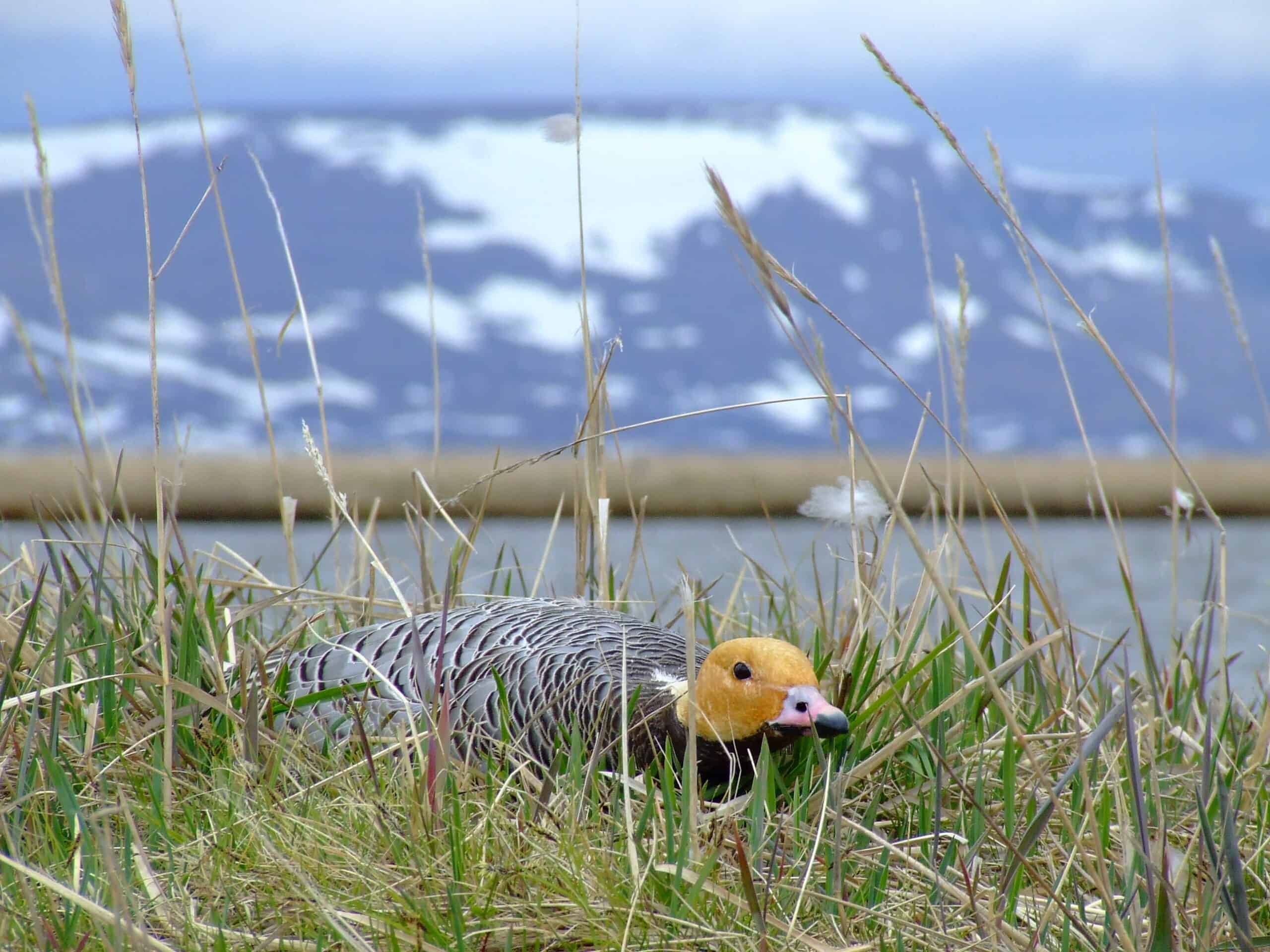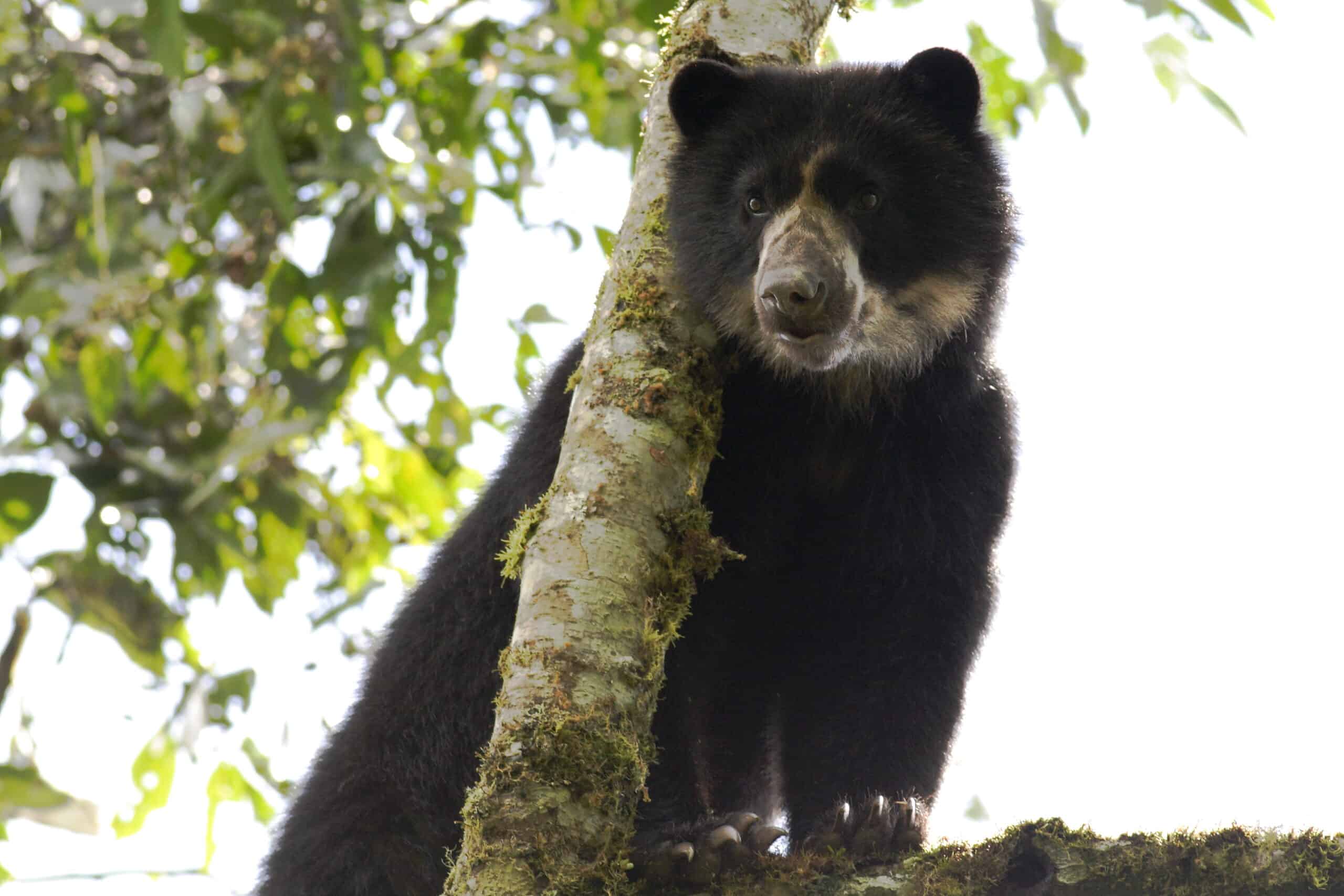Share this article
USFWS proposes listing for marten, black rail, petrel
Citing habitat loss, wildfires and loss from predation, the U.S. Fish and Wildlife Service has proposed to list the distinct coastal population of Pacific marten (Martes caurina) along the Oregon and northern California coasts as a threatened species under the Endangered Species Act.
Coastal Pacific martens live only in the coastal forests of northwestern California and Oregon and are secretive and stealthy hunters. While historically occurring throughout the forests in that region, the USFWS states there are only four relatively small and isolated populations with a total population as low as 400 individuals.
If the listing is finalized, the coastal marten population will be largely protected from “take,” although the special 4(d) rule includes exemptions for certain forest management activities, such as maintenance of existing fuel breaks, firefighting activities and habitat management.
The USFWS is proposing to list the Pacific marten in just these coastal areas as a distinct population segment, meaning the “take” restrictions will not apply to marten populations in other areas.
The Service is also proposing to list the eastern black rail (Laterallus jamaicensis jamaicensis) as threatened under the ESA. A small, secretive marsh bird, eastern black rails are partially migratory and can be found in as many as 36 states. The USFWS reports that some local populations along the Atlantic Coast have dropped by as much as 90 percent, primarily due to wetland habitat loss, fire suppression and agriculture. Changes in climate, such as increased tidal flooding, precipitation and severe weather events, are also likely to significantly impact the rail.
A 2016 population assessment estimated 355 to 815 breeding pairs along the coast, while a research project in Texas estimates a population of around 1,300 individuals. The eastern black rail breeds in Colorado and Kansas, but there are no population estimates from that region.
As part of its proposal, the USFWS has outlined a special 4(d) rule that would prohibit certain activities, including fire management, haying, mowing and grazing, during critical time periods for the bird, such as nesting/brooding seasons and post-breeding flightless molt periods.
This listing results from a 2010 petition to list the rail. In 2011, the USFWS issued a finding indicating that listing may be warranted. Under a settlement agreement in ESA litigation, the USFWS was obligated to review the subspecies and submit its 12-month finding by Sept. 30.
The black-capped petrel (Pterodroma hasitata), a seabird that nests on the island of Hispaniola and forages in open waters along the Atlantic Coast of the United States, is also being proposed for listing as threatened. The USFWS estimates the petrel population at 2,000 to 4,000 individuals, but the actual population is unknown as petrels are highly mobile, strictly nocturnal and nest underground. Petrels are in danger due to habitat loss from deforestation, fires, agriculture and the changing climate.
Since the petrel breeds outside the U.S., ESA prohibitions will have a limited ability to protect its populations. The petrel is already protected in its foraging grounds on U.S. territorial waters by the Migratory Bird Treaty Act, which prohibits harm to the birds and restricts the U.S. import and export of petrels. As part of its listing proposal, the USFWS is proposing a 4(d) rule that will eliminate the need for additional import/export or intentional “take” permitting requirements as long as MBTA permitting conditions are met.
Comments are being accepted on the proposals to list coastal Pacific martens, eastern black rails, and black-capped petrels until Dec. 10.
Header Image: The black-capped petrel (Pterodroma hasitata) is one of three species USFWS recently proposed to list as threatened under the U.S. Endangered Species Act. ©Nick Pulcinella








